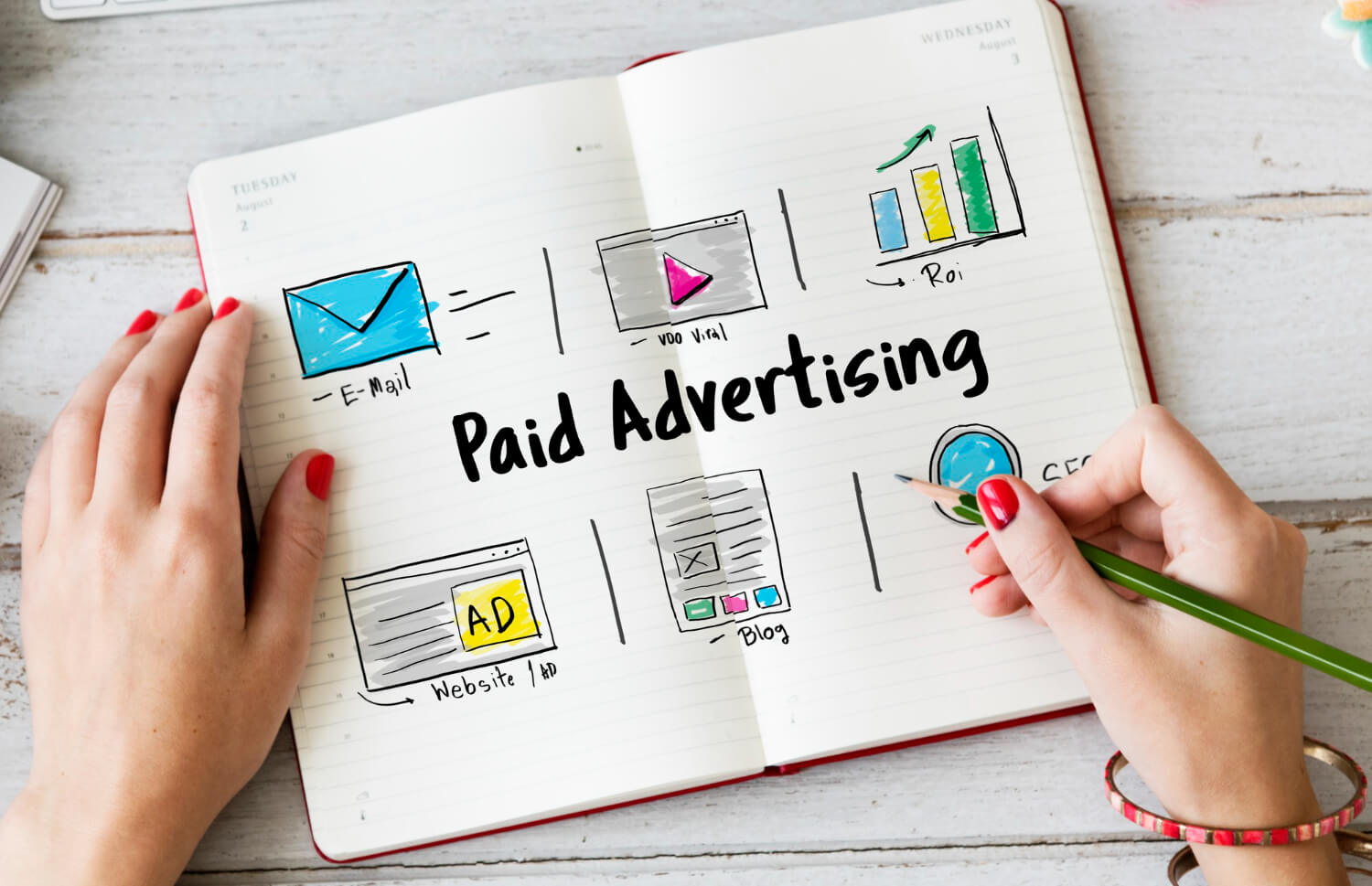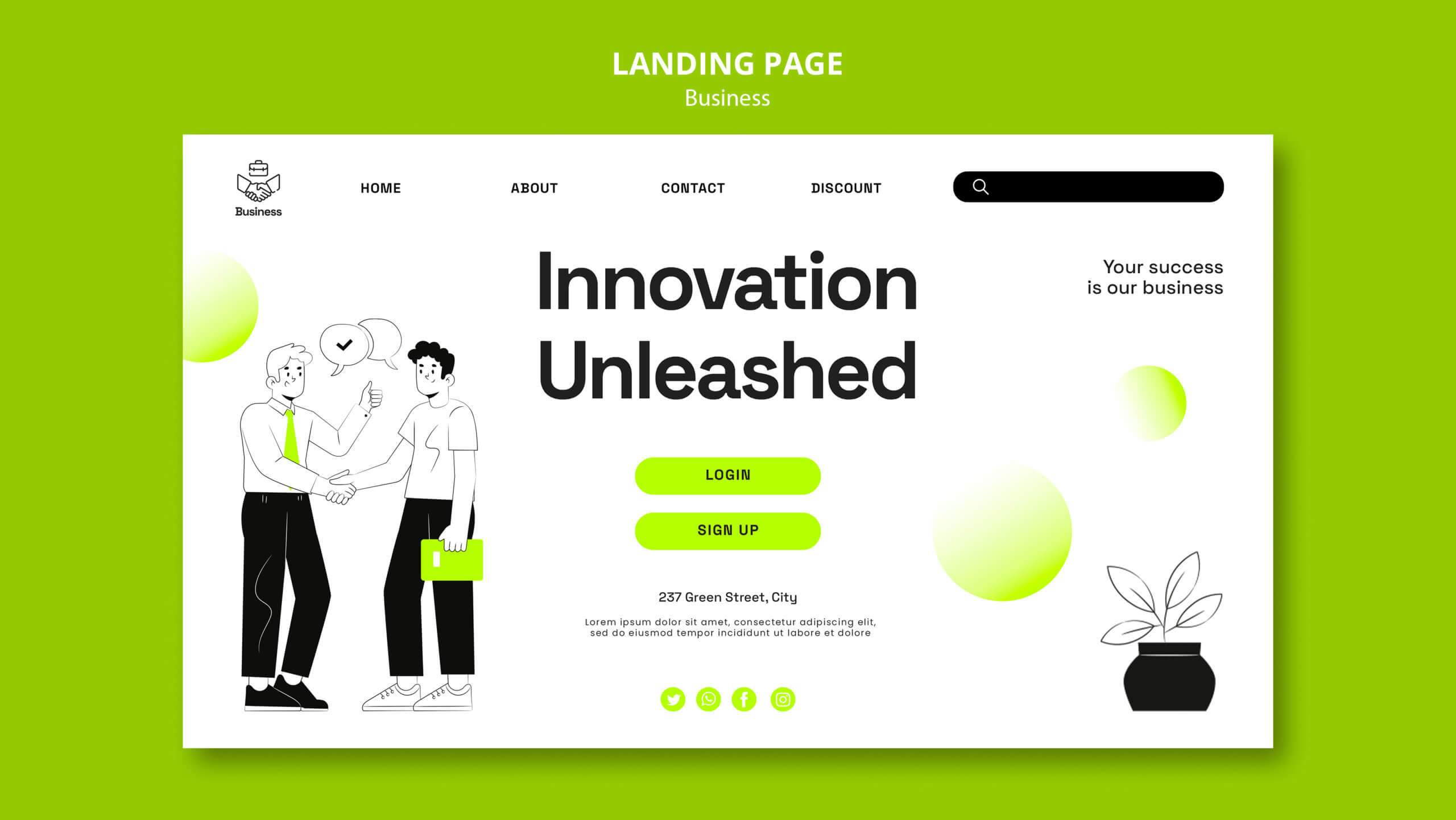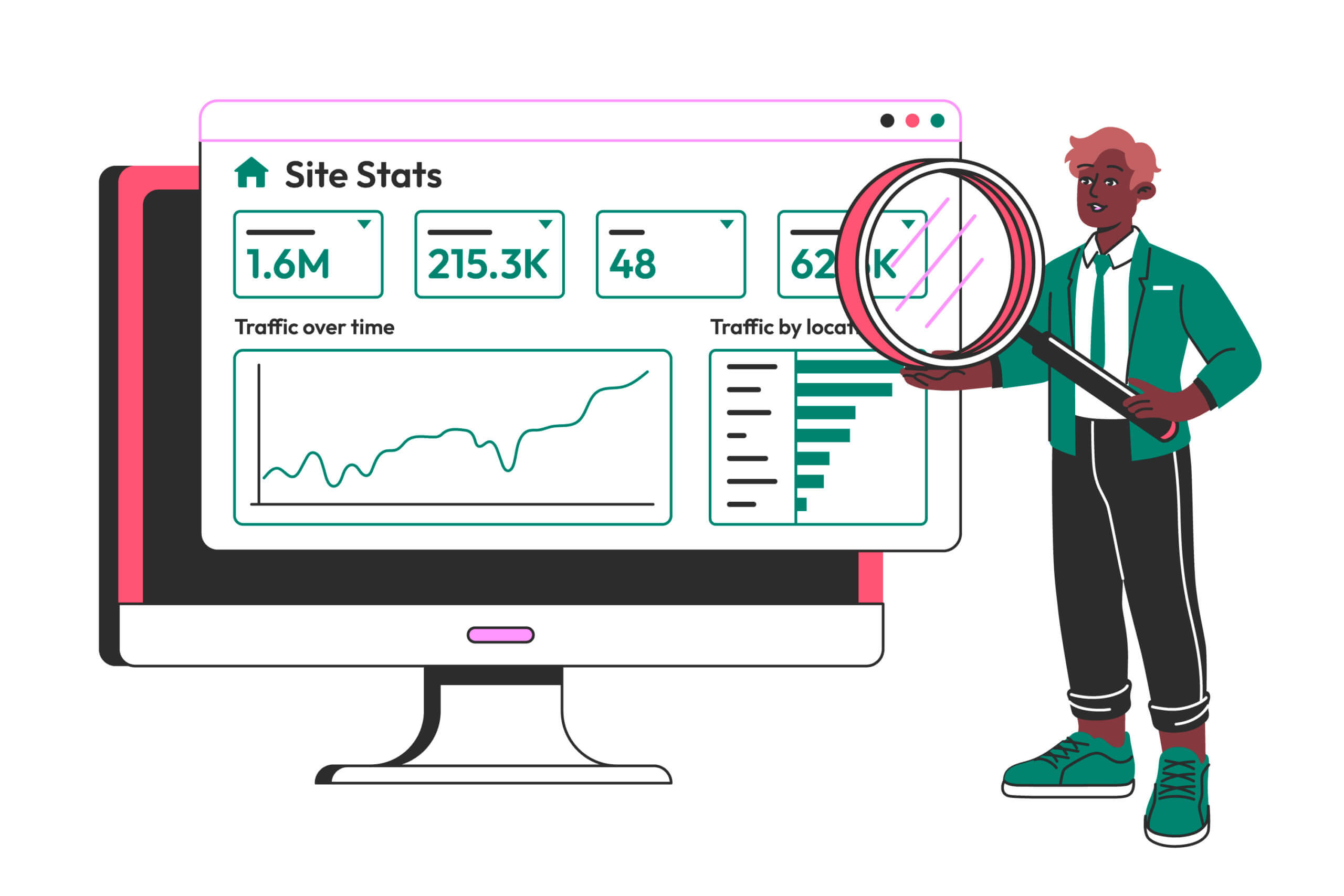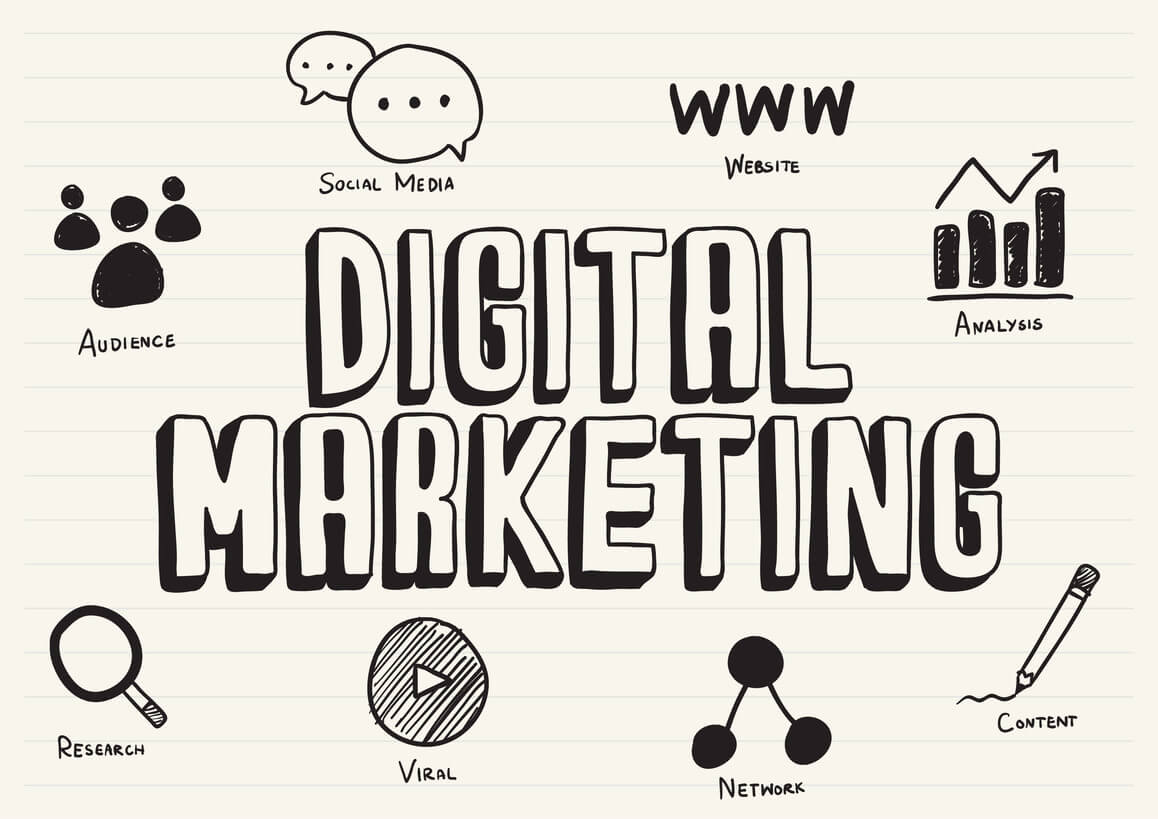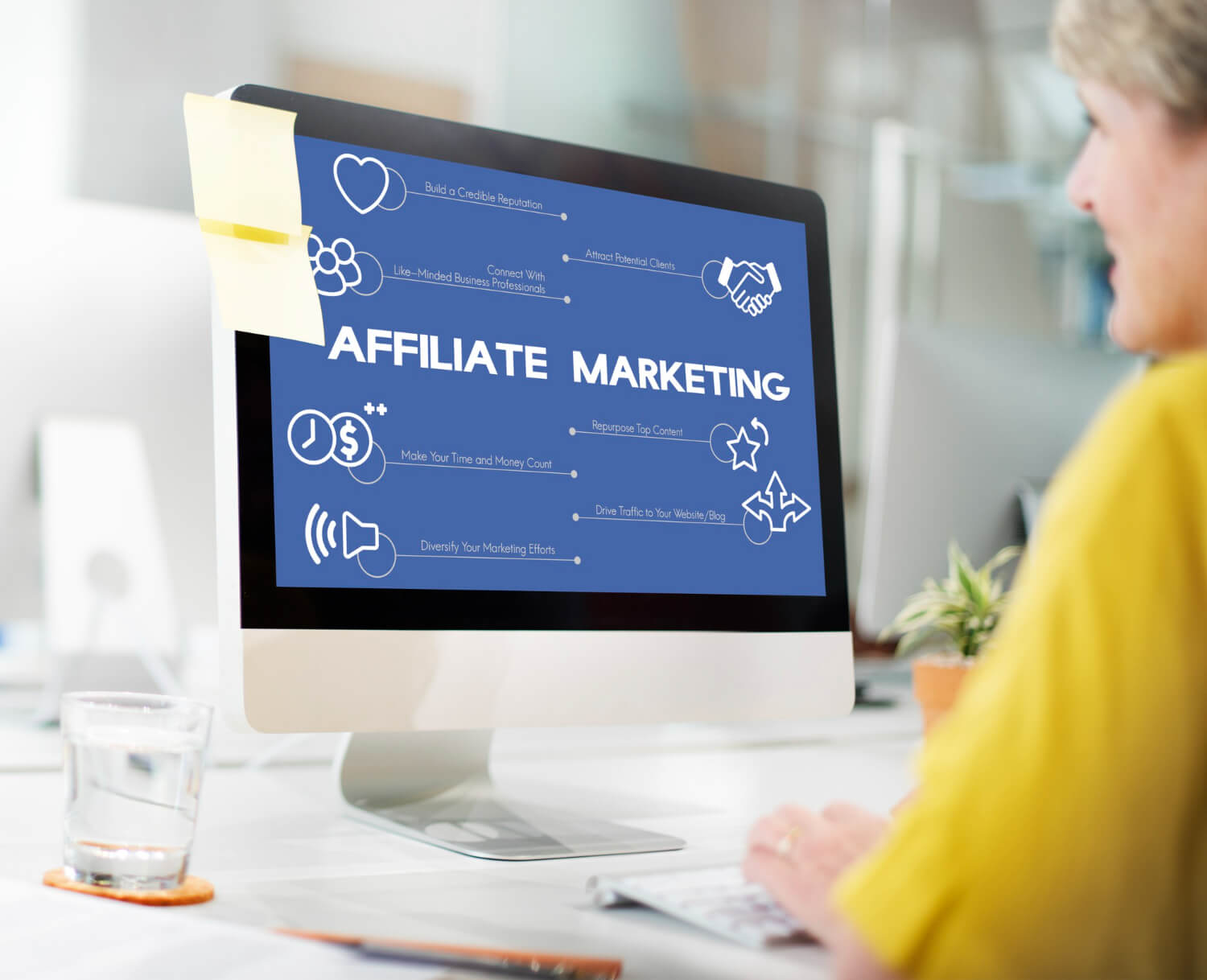
Email marketing remains a powerful tool for businesses to engage with their audience and drive conversions. However, with inboxes flooded with messages, it’s crucial to implement best practices to ensure your campaigns stand out. In this blog post, we’ll explore the top tips for creating effective email marketing campaigns that yield impressive results.
- Define Your Campaign Goals: Before crafting your email, clearly define the goals you want to achieve. Whether it’s driving sales, increasing website traffic, or promoting a new product, having a clear objective will guide your content creation process.
- Build a Quality Email List: Ensure you have a high-quality email list by using double opt-ins and regularly cleaning your database. Avoid purchasing email lists, as they often contain outdated or uninterested contacts. Focus on organic growth and encourage subscribers to engage by offering valuable content and incentives.
- Personalize Your Emails Personalization: is key to building strong connections with your audience. Use the recipient’s name in the email, segment your list based on demographics or behavior, and tailor your content to suit each group. Personalized emails have higher open and click-through rates.
- Craft Compelling Subject Lines: The subject line is the first thing recipients see, so make it compelling. Use action-oriented language, create a sense of urgency, and keep it concise. Test different subject lines to determine what resonates best with your audience.
- Use a Mobile-Friendly Design: With the majority of emails being opened on mobile devices, it’s essential to optimize your design for smaller screens. Ensure your emails are responsive, use a legible font, and include clear and clickable call-to-action buttons.
- Engaging Content is Key: Create valuable and engaging content that grabs your subscribers’ attention. Use a conversational tone, incorporate storytelling, and focus on solving their pain points. Use visuals, such as images and videos, to enhance the reading experience.
- Don’t Overwhelm with Frequency: Finding the right balance is crucial when it comes to email frequency. Bombarding your subscribers with too many emails can lead to unsubscribes or your messages being marked as spam. Set a consistent schedule that provides value without overwhelming your audience.
- Test and Analyze: Continuously test different elements of your email campaigns, including subject lines, content, calls to action, and visuals. Analyze the results to identify what works best for your audience and make data-driven improvements.
FAQs
Q: How often should I send emails to my subscribers?
A: The ideal frequency varies based on your industry and audience. Test different frequencies and monitor engagement metrics to find the optimal balance.
Q: Can I use purchased email lists?
A: It’s best to avoid purchasing email lists. Organic growth ensures that your subscribers are genuinely interested in your content, leading to better engagement and conversions.
Conclusion
Implementing these best practices will help you create effective email marketing campaigns that resonate with your audience. By defining your goals, personalizing your emails, and crafting compelling content, you can drive engagement, increase conversions, and build long-lasting relationships with your subscribers. Remember to consistently test, analyze, and refine your strategies to optimize your results.




